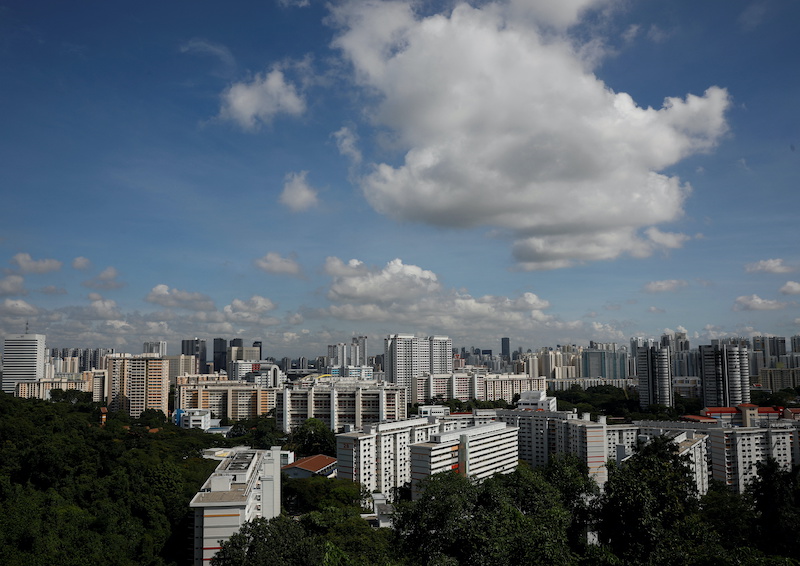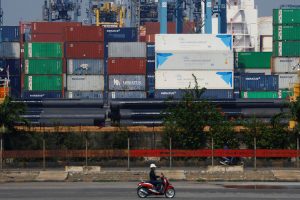Singapore maintained its forecast for the economy to expand 3-5% this year as the city-state’s recovery from the pandemic slump continues, although officials flagged downside risks to global growth and rising inflationary pressures.
The global economic recovery faces risks from mounting price pressures due to supply chain disruptions and rising energy costs amid tensions involving Russia and Ukraine, even as the pandemic appears to abate.
Gross domestic product (GDP) grew 6.1% year-on-year in the fourth quarter, the Ministry of Trade and Industry said, slightly higher than the 5.9% growth in the government’s advance estimate.
Analysts had expected a 6.2% increase, according to a Reuters poll.
For the full year 2021, GDP grew 7.6% versus an initial 7.2% estimate and a 4.1% contraction in 2020. Last year’s growth was the highest in a decade.
On a quarter-on-quarter seasonally-adjusted basis, the economy expanded 2.3% in the fourth quarter.
Supply Bottlenecks
Singapore’s economic recovery has been led by the trade-related and manufacturing sectors, but activity in industries exposed to tourism, aviation and consumers are expected to remain below pre-Covid levels even by the end of 2022.
“Global supply bottlenecks remain and are expected to persist throughout the first half of 2022, thereby constraining industrial production and GDP growth in the near term,” said Gabriel Lim, permanent secretary for trade and industry.
“Persistent supply bottlenecks, alongside rising energy prices due to geopolitical tensions, have also exacerbated global inflationary pressures,” he said.
Output of the construction sector was expected to remain below pre-pandemic levels throughout 2022.
However, bolstered by high vaccination rates, Singapore is loosening border measures and easing local restrictions, in moves that will likely support the recovery of lagging sectors.
Tighter Monetary Policy
The Monetary Authority of Singapore (MAS) tightened its policy settings in January in its first out-of-cycle move in seven years. It is widely expected to tighten again at its scheduled policy meeting in April.
“For monetary policy purposes, we assess that the balance of risk is still tipped towards inflation,” said Edward Robinson, deputy managing director at the MAS. The central bank will release its next review on its monetary policy in April as scheduled, he said.
He affirmed the 2022 core inflation forecast at 2-3% and headline inflation at 2.5–3.5%.
The forecast does not include any impact from a looming goods and services tax rise, the timing for which is likely to be announced at the budget on Friday.
Separate data on Thursday showed Singapore’s January non-oil domestic exports rose 17.6% from a year earlier, beating expectations.
“We expect growth momentum to slow sequentially in H1 2022, amid a more protracted reopening due to the Omicron wave and rising inflationary pressures,” said Priyanka Kishore and Sung-Eun Jung at Oxford Economics.
“We also expect further monetary tightening and a return to conservative fiscal policies this year,” they added in a research note.
- Reuters with additional editing by Jim Pollard
ALSO READ
























